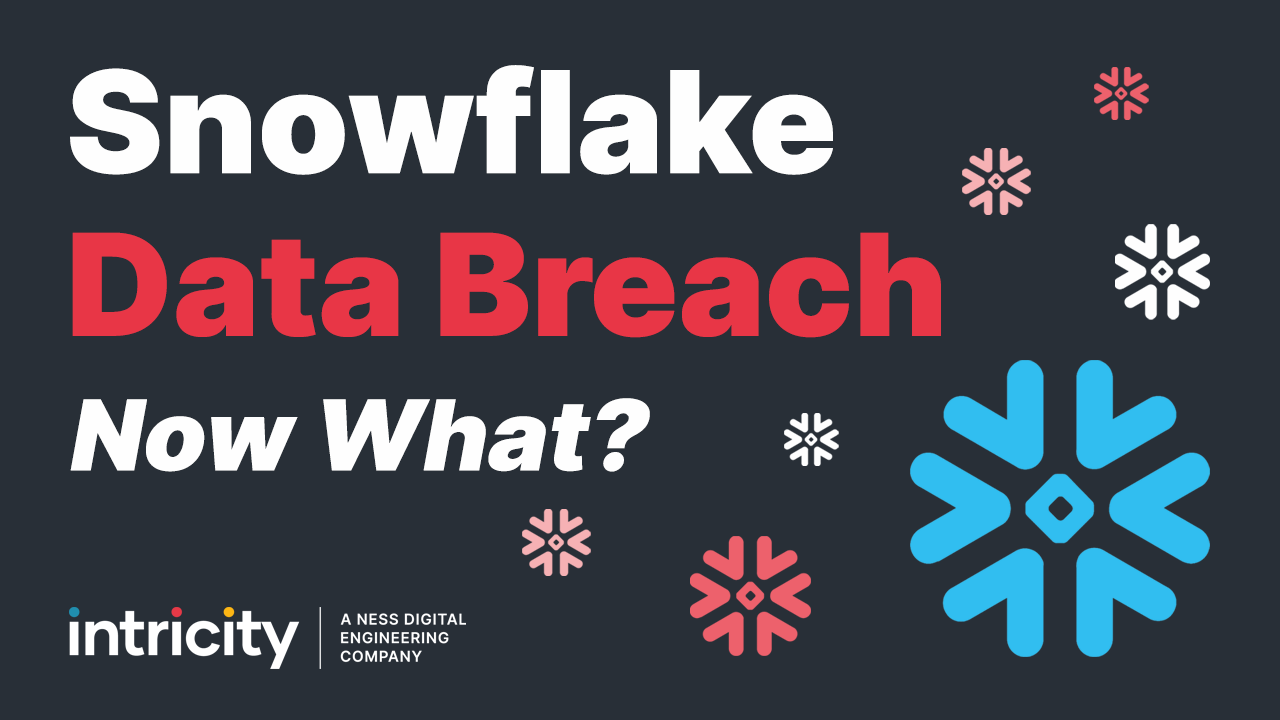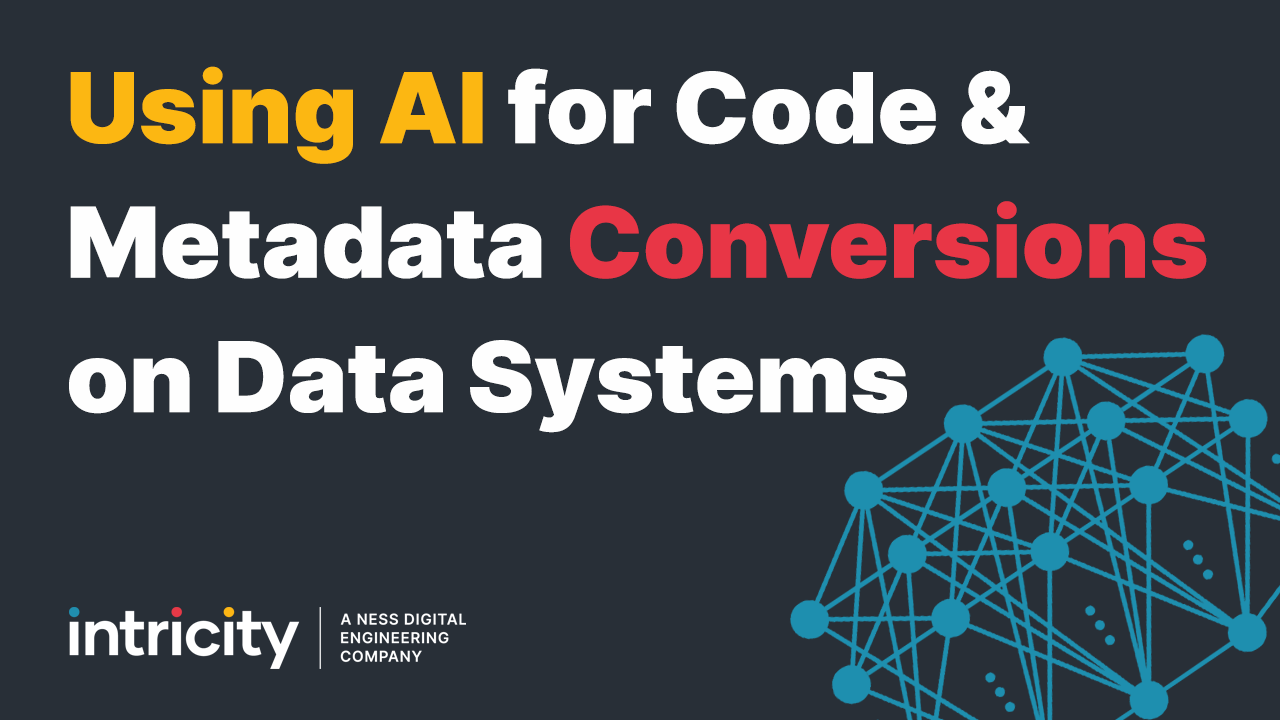Watch our latest Video: Top 10 Reasons Your Old Code SUCKS!
Discover the top 10 reasons that make refactoring code when migrating to the cloud worth it.
Related Whitepaper: Practical Automation for Code Modernization
RELATED VIDEOS MENTIONED:
Hi, I’m Jared Hillam.
Over the last 5 years, there has been a torrent of refactoring to the cloud. The 5 years prior to that the market was focused on moving servers to the cloud without refactoring code. Now I addressed that distinction 3 years ago in a video titled “What is Cloud Refactoring?”
But in this video, I want to speak to WHY organizations are refactoring their code to the cloud. Without a doubt, there’s an investment involved when it comes to doing such refactoring. I spoke about that effort in my video from just a couple of months ago titled, “Code Modernization”. But what makes that investment worth it?
First… microservices. Microservices are really what make up the cloud compute framework. Small event-based services that consume compute when they are needed then disappear when they’re not. So you’re not paying for what you don’t use. This means the risks of buying dedicated hardware for projects are basically eliminated. Additionally, the lack of persistence makes it a more difficult hacking vector. I discuss this in my video titled “What makes data "yours".
Second… is scale. The newer platforms are designed to take advantage of the scalability of an “unlimited” amount of CPU allocation. This simply isn’t the case with most legacy systems that are designed to work through a single cluster of servers. In order to take advantage of that scale, the code can no longer live in the legacy syntax.
Third… Agility. Cloud-based development environments provide a wealth of ready-to-use tools, frameworks, and services that significantly reduce the time spent on setting up and managing infrastructure. By leveraging these resources, teams can focus on delivering innovative solutions to market faster.
Fourth… Cost Optimization. While there is an initial investment in refactoring code for the cloud, the long-term benefits can lead to significant cost savings. With a pay-as-you-go model, organizations only pay for the resources they consume. This enables them to optimize their infrastructure expenses and avoid the costs associated with maintaining and upgrading on-premises hardware.
Fifth… Uptime. Cloud providers invest heavily in building highly redundant, fault-tolerant infrastructure that spans multiple data centers and geographical regions. This means that in the event of a hardware failure, natural disaster, or other disruptions, services can continue to run with minimal or no downtime. Some services have even go as far as enabling cross-cloud availability.
Sixth… Maintenance. Cloud providers take care of most infrastructure-related tasks, such as hardware maintenance, operating system updates, security patches, and even software upgrades.
Seventh… Integration. Cloud-based architectures are designed with interoperability and integration in mind… but rarely for old methods. Rather they focus their capabilities on other modern protocols.
Eighth… Skillsets. As technology evolves, the pool of professionals with expertise in legacy systems inevitably shrinks, making it increasingly difficult and expensive to maintain and support outdated technology. By refactoring code to the cloud, organizations can leverage the vast ecosystem of modern technologies that attract a growing number of skilled developers and engineers.
Ninth… Features. Refactoring code to the cloud unlocks a wealth of advanced features and functionalities offered by modern cloud platforms. These cutting-edge technologies, such as artificial intelligence, machine learning, IoT integration, and real-time data processing, enable organizations to innovate and stay ahead of the competition.
Tenth… End-of-Life support for legacy solutions. As technology providers shift their focus towards newer, cloud-based solutions, support for legacy systems gradually diminishes. This can leave organizations with outdated technology exposed to security vulnerabilities, compatibility issues, and a lack of new features.
So those are some of the top 10 reasons to modernize your code. While refactoring code isn’t a small project, it does come with a lot of benefits to the organization over the long run. I’ve written a fairly comprehensive whitepaper about the code conversion industry which you’ll find in the video description. Additionally, if you’re looking to modernize your existing code I suggest you talk with one of our specialists, and you’ll find a link for that as well.


